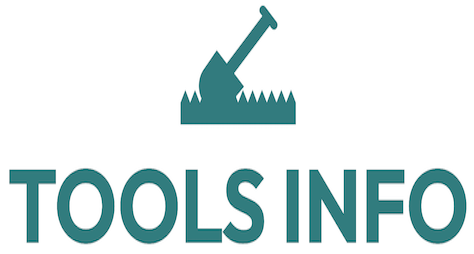Introduction
Benefits of Robotic Total Stations
Robotic Total Stations have revolutionized the way construction layout projects are executed, offering significant improvements in accuracy, speed, and efficiency. By integrating advanced technology, these instruments allow surveyors and construction professionals to conduct precise measurements and layouts with minimal human intervention. This results in fewer errors, reduced labor costs, and faster project completion times.
One of the key benefits of robotic total stations is their remote operation capability. Unlike traditional total stations that require two operators, robotic versions can be controlled by a single person from a distance, significantly reducing manpower requirements on site. Additionally, these devices provide real-time data transmission, ensuring instant updates and seamless communication between team members.
Incorporating robotic total stations into construction layout workflows harnesses cutting-edge technology to automate many manual tasks. This transition boosts productivity and enhances safety by limiting the need for personnel to work in potentially hazardous areas. The technology also supports complex construction designs by offering highly precise measurement data critical to modern infrastructure projects.
How Robotic Total Stations Work
Setting Up the Station
Setting up a robotic total station begins with establishing a stable base on a tripod at the job site. Proper setup is crucial for obtaining accurate measurements. The instrument must be carefully leveled using built-in electronic levels or bubble vials. Once leveled, the position of the station is fixed relative to known reference points or survey control points established on the site.
The next step involves calibrating the device by inputting site-specific data and control coordinates, allowing the robotic total station to align and orient itself precisely. Modern models often feature touchscreen interfaces and automated routines that guide operators through the setup process, reducing setup time and human error.
Using the Station On-site
With the station properly set up, the operator can control the robotic total station remotely, typically using a controller or tablet. The device employs a motorized system to automatically aim at a prism reflector held by the surveyor or technician moving across the site. The robotic total station then measures angles and distances to calculate exact coordinates of layout points.
This automation enables highly accurate construction layout work such as positioning foundations, setting elevations, and marking structural elements. The system instantly records measurement data, which can then be integrated into construction management software or CAD systems, streamlining the workflow from field to office.
Furthermore, the use of robotic total stations reduces downtime caused by repositioning equipment or data re-entry, enhancing overall site productivity. Operators can focus on supervising the layout quality and making instant adjustments based on real-time feedback from the instrument.
For further details on the fundamentals of total stations, you can visit the Wikipedia page on Total Stations.
Adopting innovative tools like robotic total stations is part of the broader technology landscape transforming construction. To explore more about these technological advancements, check out our comprehensive guide on tool innovation and technology.
Frequently Asked Questions
What are the benefits of using robotic total stations?
Robotic total stations provide increased accuracy, reduced labor, faster data collection, and enhanced safety. Their remote operation capability allows a single user to perform measurements previously requiring a two-person team, which optimizes resource allocation on construction sites.
How do robotic total stations improve construction layout efficiency?
By automating the aiming and measurement processes, robotic total stations reduce setup time and human error. Real-time data transfer and integration with digital workflows enable quicker decision-making and less rework, significantly accelerating the overall construction layout process.
What factors should be considered when choosing a robotic total station?
Key considerations include measurement accuracy, range, automation features, ease of use, software compatibility, and durability under harsh site conditions. It is also important to evaluate the support and training services provided by the manufacturer to maximize the technology’s potential.
Robotic total stations are indispensable tools for modern construction layout, combining precision with innovative technology to enhance project outcomes. To learn how your construction projects can benefit from these advanced instruments, click HERE to get started with the ultimate construction layout tool today.
